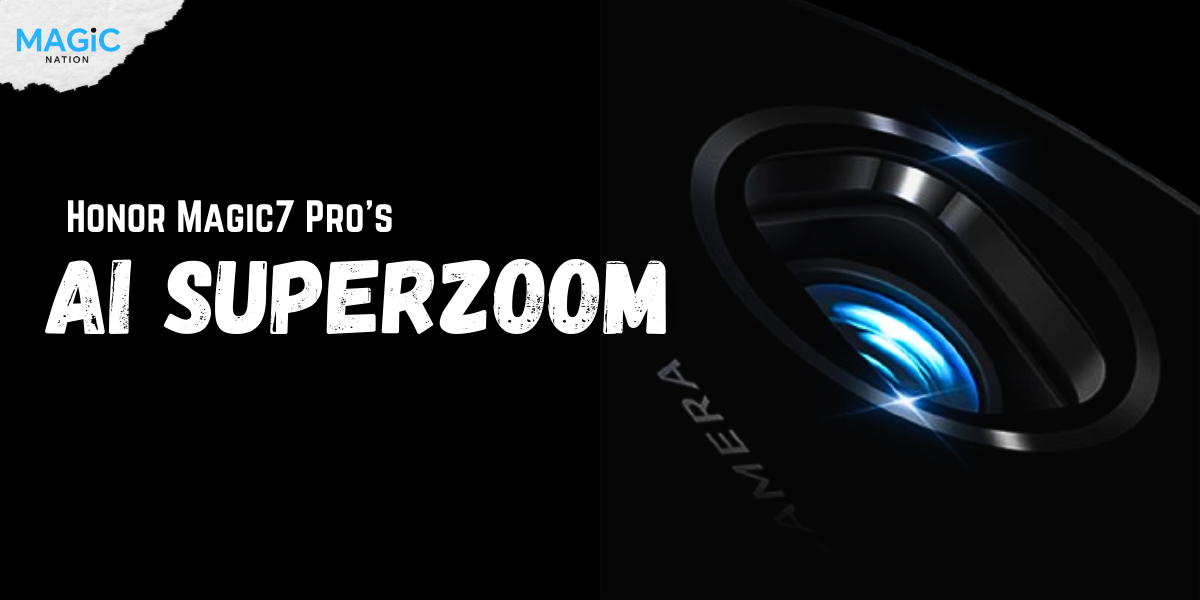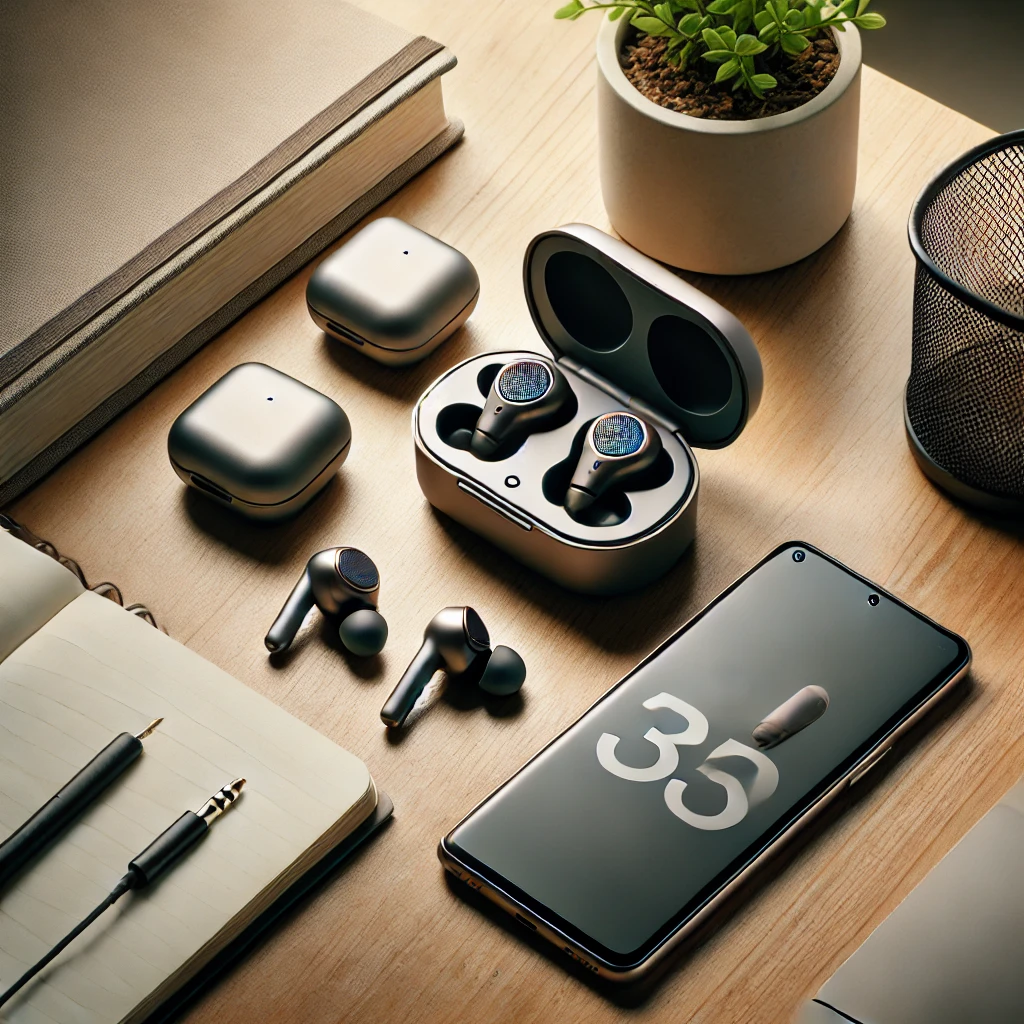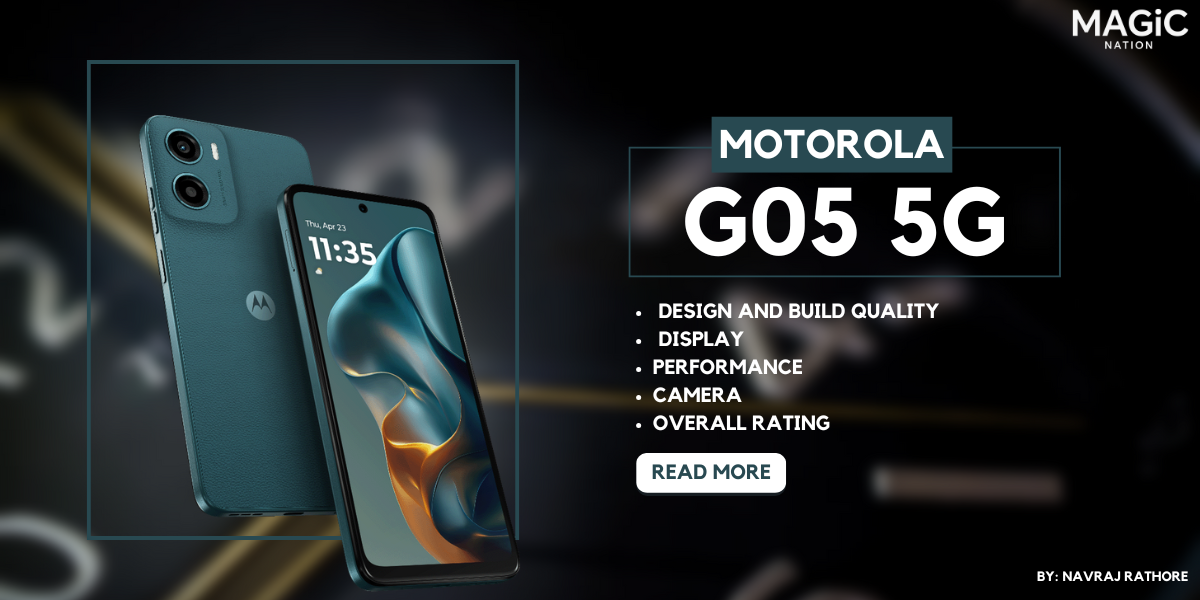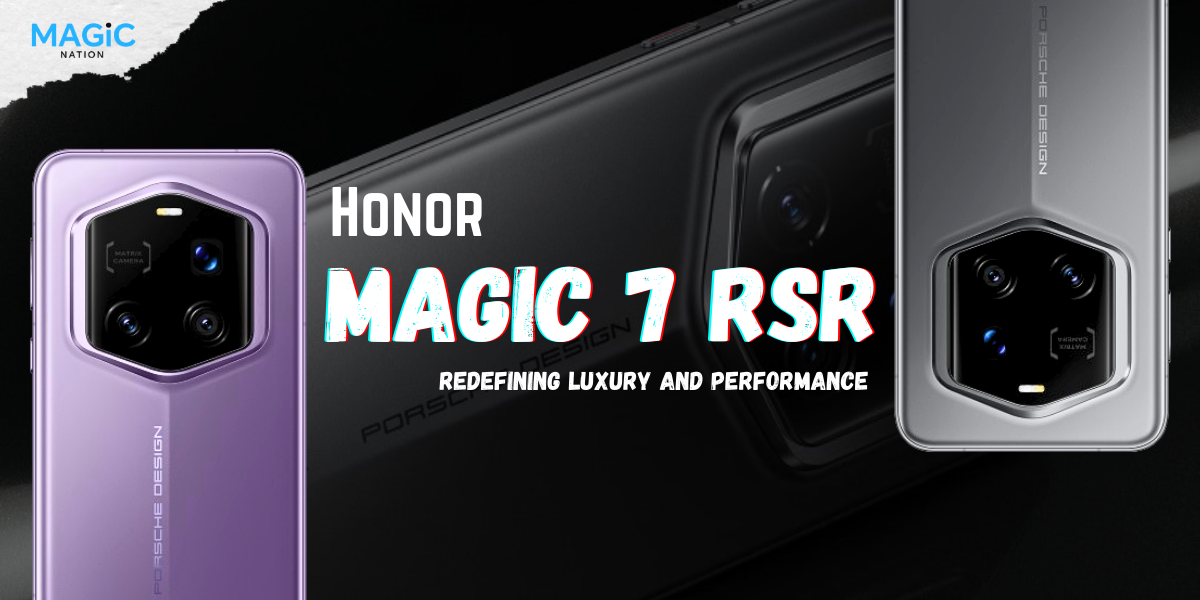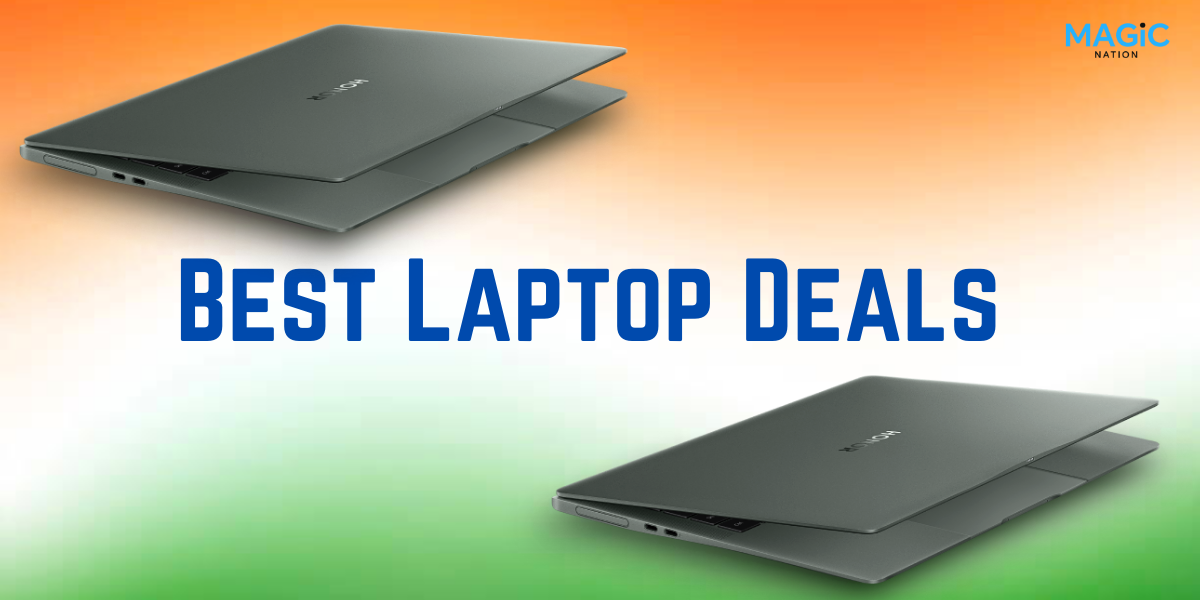
Hello Explorers!
Ever wonder why some photos capture big, wide views, while others focus up close on details?
Types of Camera Lenses

- Prime Lens (e.g., 35mm, 50mm)
Sharp images: Great clarity and low-light performance.
Ideal for: Portraits, everyday photos.
- Zoom Lens (e.g., 24-70mm, 70-200mm)
Versatile: Covers wide to close-up shots.
Ideal for: Travel, events, and all-around use.
- Wide-Angle Lens (e.g., 10-24mm, 16-35mm)
Distortion effect: Adds depth; slight fisheye effect at very low mm.
Ideal for: Landscapes, architecture.
- Telephoto Lens (e.g., 70-300mm, 100-400mm)
Close-ups from afar: Great for details at a distance.
Ideal for: Wildlife, sports.
- Macro Lens (e.g., 90mm, 100mm)
High magnification: Reveals textures and details.
Ideal for: Nature, product photography.
- Fisheye Lens (e.g., 8mm, 15mm)
Creative effect: Circular, bubble-like images.
Ideal for: Artistic, fun shots.
- Tilt-Shift Lens (e.g., 24mm)
Specialty lens: Minimizes distortion in architecture.
Ideal for: Architecture, unique effects.
Types of Lens Mounts

- Canon EF Mount
Compatibility: Works with a wide range of EF lenses.
- Canon RF Mount
Compatibility: Designed for new RF lenses; can adapt EF lenses with an adapter.
- Nikon F Mount
Compatibility: Supports a variety of F-mount lenses; compatible with many older lenses.
- Nikon Z Mount
Compatibility: New Z lenses; can adapt F-mount lenses with an adapter.
- Sony E Mount
Compatibility: Wide selection of E-mount lenses; adaptable for other lenses using adapters.
- Sony A Mount
Compatibility: Older A-mount lenses; less common in new models
- Fujifilm X Mount
Compatibility: A range of X-mount lenses designed for quality and compact size
- Others
Adaptable Mounts: Many brands offer adapters to use different lenses on various mounts for increased versatility.
Adapting lenses with different mounts lets photographers use more types of lenses on their cameras, which helps them get creative. With lens adapters, you can connect lenses from one brand to a different camera. This means you can try out different focal lengths and special features that your camera's own lenses might not have. However, it's important to check if the adapter is compatible with both the lens and the camera. Some adapters might not work with autofocus or other functions, so you may need to adjust the settings manually for the best resultsAdapting Lenses with Different Mounts
Choosing the Right Lens and Mount
- Define Your Photography Style: Landscapes, portraits, wildlife, etc.
- Check Mount Compatibility: Ensure the lens fits your camera.
- Choose Lens Type: Zoom for versatility, prime for sharpness.
- Set Your Budget: Find quality lenses within your price range.
- Consider Future Needs: Look for lenses that adapt to various styles.
In conclusion, understanding lens types and mounts is crucial for improving your photography. Choosing compatible lenses expands your creative options and helps you capture stunning imagesConclusion






